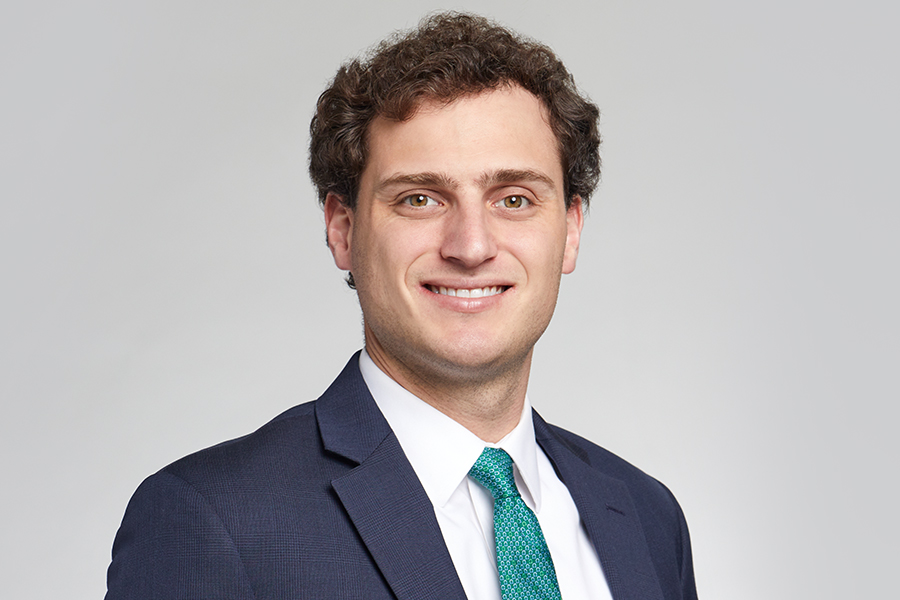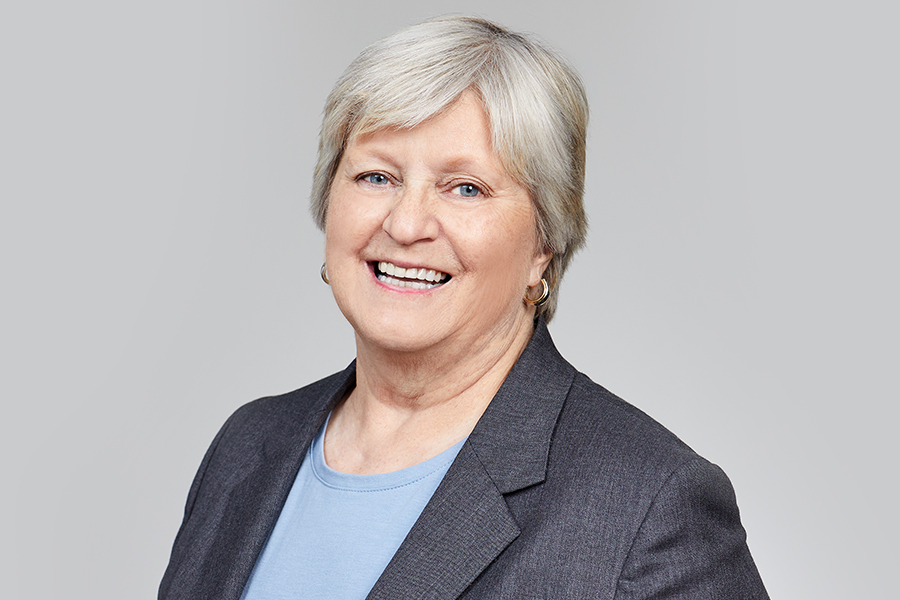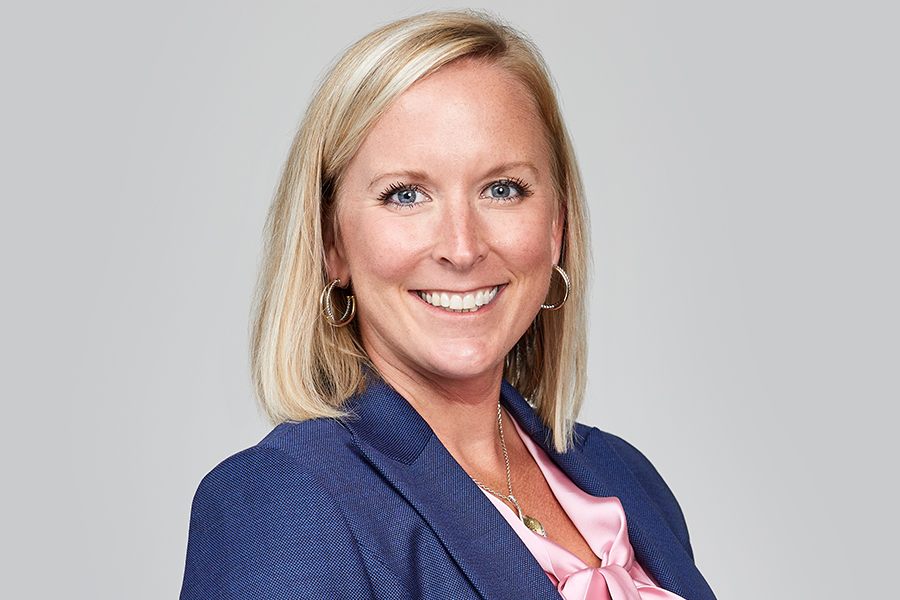News
Coronavirus Aid, Relief and Economic Security Act (CARES Act) tax credits and SBA loans
By Davis C. Riddle
Attorney at Law
Coronavirus Aid, Relief and Economic Security Act (CARES Act) authorized two separate SBA loan programs and a tax credit for employers, which are all explained in further detail below.
Paycheck Protection Loan (“PPP Loan”)
- When is it available?: Applications will be start being accepted Friday, April 3, 2020.
- What is the maximum loan?: The sum of (i) 250% of the average total payments by applicant for monthly payroll costs the year prior[1] to the date on which the loan is made and (ii) the outstanding amount of an existing SBA loan under the Business Loans Program Account under Title V of the Consolidated Appropriations Act for a loan made after January 31, 2020 until loans can be refinanced under terms of this act (existing SBA loans made under prior appropriations bill). In no event shall any loan exceed $10,000,000.00.
- What are the requirements?: Borrower must certify to the federal government that: i) uncertainty of economic conditions make the loan necessary to support the ongoing operations of the business; ii) acknowledging that funds will be used to maintain payroll or make mortgage payments, lease payments, and utility payments;iii) not a duplicative request for financing, (iv) employer has less than 500 employees and (v) other SBA requirements (qualifying small business size standards).
- What can a business use it for?: Salary, wage, and tip, sick leave, payment of healthcare and retirement benefits, state and local taxes, wages of up to $100,000.00 (including self-employed and sole proprietorships). This loan is retroactive, so previously fired employees may be brought back. Mortgage interest, rent, utilities BUT 75% must be used for payroll purposes
- What uses are prohibited?: Salary or compensation in excess of $100,000.00, taxes under chapter 21, 22, or 24 of the Internal Revenue Code, compensation for employees with principal place of residence outside of U.S., qualified sick or family leave wages under Section 7001 and Section 7003, respectively, of the Families First Coronavirus Response Act.
- Can I get additional loans from private lenders?: Utilization of a PPP loan does not affect your ability to obtain other credit.
- Does it require a personal guaranty?: No, no personal guaranties by the owners of the business.
- Does it require collateral?: No collateral is required from business owners.
- What is the maximum interest rate?: The interest rate cannot exceed 4%.
- What is the term of the loan?: The maximum term is 10 years.
- Are there prepayment penalties?: There are no prepayment penalties (in whole or in part) at any time.
- Are there any deferment options?: Lenders must include at least 6 months of deferment for all payments (not to exceed 1 year).
- How much of the loan will be forgiven?: As of now, up to the amount spent on permitted uses for the loan during the 8-week period but not to exceed the principal amount of the loan, reduced by the payroll cost associated with employees laid off (calculated by dividing employees during Feb 15, 2020 and June 30, 2020 by employer’s selection of i) Feb 15, 2019 to June 30, 2019 OR ii) Jan 1, 2020 to Feb 29, 2020) and any reduction in salary for employees (only reductions for employee’s salary greater than 25% based on most recent full quarter of employment). Notwithstanding the foregoing, if the borrower eliminates the reduction in employees or wages by June 30, 2020, then the forgiveness amount shall not be reduced as provided above.
- How do I apply for loan forgiveness?: Borrower must submit to the SBA lender (i) documentation verifying the number of full-time equivalent employees on payroll and their respective payrates (including any payroll tax filings to IRS and South Carolina income, payroll, and unemployment filings), ii) documentation, including cancelled checks, payment receipts, transcripts of accounts, or other documentation requested by lender to verify lease and/or mortgage payments made, iii) a certification from a representative of the business certifying that the financial documents are true and the funds were used to retain employees. No eligible recipient shall be able to receive the forgiveness if documents requested by SBA lender are not provided. The SBA lender shall approve or deny the application within 60 days of submission.
- Can I get an EIDL Grant and PPP Loan: Yes, but the amount forgiven will be reduced by the $10,000.00 grant.
- How do I determine if I have too many employees to qualify?: The number of employees less than (i) 500 employees or less (no guidance provided on affiliates) or (ii) the size standard created by the SBA for the industry in question (no specific guidance on this standard, note that for certain benefits that employers can receive under Families First affiliates under common control are counted as a single employer) or (iii) in the case of businesses with more than 1 physical location, less than 500 employees per location, and is assigned a North American Industry Classification System code beginning with 72 (accommodation and food services, *including hotels*) at the time of disbursal shall be eligible for a loan.
Economic Injury Disaster Loans (“EIDL”)
- When is it available: Currently accepting applications at www.sba.gov
- What is it?: Federal disaster relief loans for working capital to small businesses suffering substantial economic injury as a result of COVID-19.
- What is the maximum loan amount?: Up to $2,000,000.00
- Permissive uses: pay fixed debts, payroll, accounts payable and other operating costs that are otherwise a hardship the company due to COVID-19
- What is the maximum interest rate?: not to exceed 3.75% (for nonprofits, may not exceed 2.75%)
- What is the EIDL Grant?: Every employer may request an advance on the EIDL loan of $10,000.00. Employer provides self-certification of eligibility. Applicant employer is not required to repay this advance amount, even if denied the loan.
- What is the term of the loan: Up to 30 year repayment terms.
- Does it require a personal guaranty: Yes, it is required if loan amount is greater than $200k and collateralization is greater than $25,000.[2]
Employee Retention Tax Credit:
- What are the eligibility requirements?: Cannot be recipient of SBA loan above. Two methods of becoming eligible (i) Beginning in the first financial quarter after Dec 31, 2019 for employer; employer must have a reduction of 50% compared to the same quarter of the previous year (this is likely Jan – March 2019, referred to herein as “Benchmark Quarter”. Tax credit ends on the date which gross receipts are greater than 80% of the gross receipts of Benchmark Quarter or (ii) any calendar quarter in which business is fully or partially suspended due to orders from an appropriate governmental authority.
- How much is the tax credit?: Credit amount equal to 50% of Qualified Wages (defined below), reduced by any paid family or paid sick leave received under Families First below. Credit is not to exceed $10,000.00 per quarter. Credit applies to the payroll taxes due under Sections 3111(a)) or 3221(a).
- What are qualified wages (Over 100 Employees)?: The wages of full-time employees[3] when the subject employee was unable to provide services, regardless of eligibility election.
- What are qualified wages (Under 100 Employees)?: The wages of full-time employees2 for (i) the periods of time the subject employee was unable to provide services because the business was partially or entirely shutdown and (ii) the entire quarters beginning in the first quarter in which revenue for the business is down 50% or more for the same fiscal quarter in the prior year and ending in the first fiscal quarter in which revenue for the business is greater than 80% for the same quarter of the previous year.
Familes First Coronavirus Response Act (“FFCR”)
SICK LEAVE
- How much is the tax credit?: Tax Credit in an amount equal to 100% of paid sick leave under FFCR.[4]
- What is the amount of compensation eligible for credit?: $200.00 dollars per day ($73,000.00 per year)[5], This credit is increased by health plan expenses for the employee during sick leave for a qualified group health plan defined as (for employers with less than 100 employees) a plan (including a self-insured plan) of, or contributed to by, an employer (including a self-employed person) or employee organization to provide health care (directly or otherwise) to the employees, former employees, the employer, others associated or formerly associated with the employer in a business relationship, or their families.) For businesses larger than 100, see hyperlink above. Without going too far down the rabbit hole of what a qualifying large group health plan is, for purposes of constituting a large group health plan, affiliates under common control are counted as one employer, not separate employers.
- Is there a maximum number of covered days?: Shall not exceed the higher of (i) 10 days or (ii) the aggregate number of days so taken into account for all proceeding calendar quarters.
FAMILY LEAVE
- How much is the tax credit?: Tax credit is an amount equal to 100% of paid family leave under FFCR4.
- Amount of Compensation Eligible for Credit: $200 per day, not to exceed $10,000 per quarter ($40,000.00 per year). Additional credit for qualified group health plans mirrors sick leave above.
Extended tax filing deadlines for companies
- South Carolina: Corporate income taxes, individual income taxes must be filed by July 15, 2020. Other taxes, including sales and use tax, admissions tax, and other taxes has been extended to June 1, 2020.
- Federal Taxes: Federal income tax is now required to be filed and paid on or by July 15, 2020, however, the U.S. Treasury is encouraging all businesses to file as soon as possible. Quarterly estimated payments for businesses for Q1 are due on July 15, 2020, while Q2 is currently still due on June 15, 2020.
[1] There are separate rules for businesses in existence for less than one year and seasonal employers.
[2] There is little guidance, as of now, as to how the release of the collateral will work when converting to a PPP Loan.
[3] As defined in as defined in 4980H of Internal Revenue Code (Same definition used in the ACA).
[4]It is unclear how this will affect qualified veterans under Section 3111(e) who already were already qualified for this tax credit prior to the FFCR. Those who already employ qualified veterans should therefore consider the PPP Loans.
[5] Subject to exception for agency employees under Section 5102(a)(1-3) of the Emergency Paid Sick Leave Act.
Davis C. Riddle is an attorney with Morton & Gettys Law Firm in Rock Hill, SC. He can be reached at (803) 366-3426 or davis.riddle@mortongettys.com.
Information or interaction on this page should not be construed as establishing a client-attorney relationship or as legal advice. For advice about your specific situation, please consult one of our attorneys.



